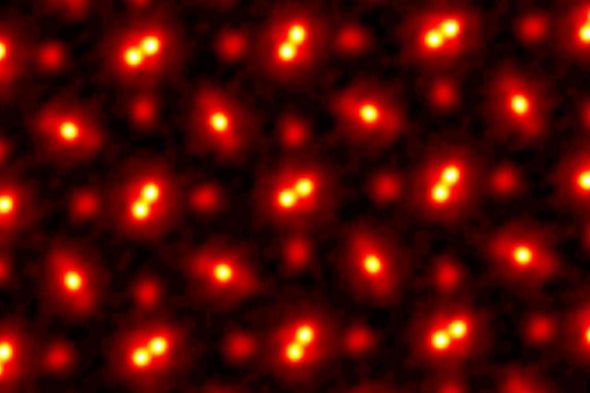Empiricism and Rationalism - A connection to Model theory
“I suppose therefore that all things I see are illusions; I believe that nothing has ever existed of everything my lying memory tells me. I think I have no senses. I believe that body, shape, extension, motion, and location are functions. What is there then that can be taken as true? Perhaps only this one thing, that nothing at all is certain.”
― Rene Descartes
Why should we know the words Empiricism and Rationalism? People have a very different views of the world. No same person can have the same thought over a thing they observe. The approach to the emergence of thought in the homo mind follows two independent ways of process. Those ways are Empiricism and Rationalism. We humans are concerned with knowledge. Once there was a battle between these two processes but due to the emergence of the human mind now we can use this process to explain how now think and how one can have the grand knowledge of Mundus. It does not judge a mind rather it expands the mind to join with like-minded people and to understand the persona mind.
Empiricism
The word Empirical is the Greek word "empīricus" which means "based on observation". Now many things in a chaotic mind will find a link at least for minds like me. So in simple words the process of Empiricism states we process our knowledge by observation. For better understanding, we can say that we gain knowledge only by the materialistic observations that we make. To make sense of this process we need to go back to our childhood. When something is introduced to a child, the child takes it plays with it, grabs it, sees it, bites it, and does many things until it gets a sense of what it is basically the child scans the thing given to him or her. So when a teddy is given to a child it scans it and forms a model of the teddy in the mind and gets a piece of knowledge about the toy.
Rationalism
The word rational is the Latin word "rationalis" which means " in accordance with reason and logic". The reason is simple logic and logic is a mind game that everyone performs. This logic makes us the 6 sense living entity. So the criterion of the truth is not sensory but intellectual and deductive. To understand it let us take an example, As a youth, we learn to handle money, we have a piece of prior information about money management from our parents, elders, and books. During a crisis, one can't spend the money just like that so one should make mental calculations and see which result will be suitable for him or her. So this is based on logic it is a rationalist way of linking the information and gaining the knowledge.
A deeper understanding of Empiricism and Rationalism
In the beginning, the Empirical process of gaining information is seen to be correlated with common sense. Since we see and feel the things around us and know about them. It becomes obvious that we gain knowledge from an empirical process. One thing we do know is that our senses sometimes mislead us. White walls can appear yellow in strong sunlight. Surgeons can stimulate one's brain so that one “sees” a patch of red that isn’t there. One can have hippopotamus dreams, and so on. "My sense experiences are at least sometimes created by my mind – or somehow in my mind. These comparatively rare “mistakes” have led many philosophers to insist that all my perceptions are “mediated”. Ultimately there is a greater consequence of this thought process which believes that only we exist and nothing else exists.
Comming to Rasitionlist's way of thinking makes the knowledge very unique. It is not that the rationalist creates knowledge in their mental state rather they join the information through logic and make it a piece of unique information. It seems that rationalism is a process followed by the polymaths and the selected ones but in reality the freedom of logic makes us what we are so, we all have a piece of rationalist thinking. This rationalist process has a blasting negative consequence, As a rationalist is a mental person he or she will gain a god complex out of his or her powerful capacity to link and create knowledge.
Finally...
This discussion is not over but has started, From this much we should understand how we are. Personally the concept of "unknown knowable mind - consciousness" still remains a private room in each of our minds and the rationalist process of gaining knowledge will help us to gain knowledge about this private room.
No matter how much we know about wave-lengths of light and human sensory perception, science seems unable to describe or explain the total uniqueness of our perceptual experiences or “qualia”
DO VISIT THE ARCHIVE TO EXPLORE MORE
Hope this article was useful and I hope you learned something from it.
































